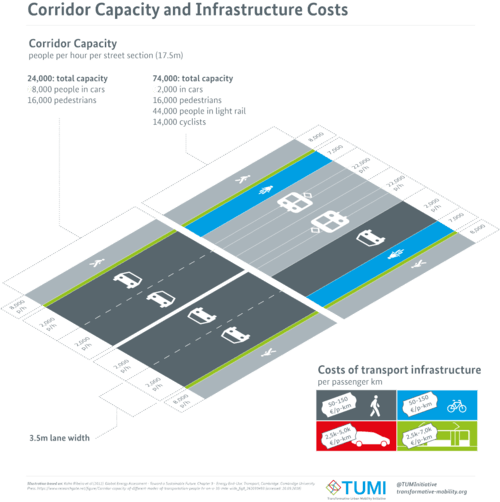Iceberg transport cost model
The iceberg transport cost model is a commonly used, simple economic model of transportation costs. It relates transport costs linearly with distance, and pays these costs by extracting from the arriving volume. The model is attributed to Paul Samuelson's 1954 article in Deardorffs' Glossary of International Economics.[1] Paul Krugman's 1991 paper on Economic Geography[2] is one of the more widely cited papers employing the model.

References
- Alan Deardorff's Glossary of International Economics
- Krugman, Paul(1991) "Increasing returns and economic geography". Journal of Political Economy Vol. 99, No.3 (June 1991)
External links
- Krugman, Paul(1991) 'Increasing returns and economic geography'. Journal of Political Economy Vol. 99, No. 3 (Jun., 1991), pp. 483–99.
- Krugman, Paul (1991). "Increasing returns and economic geography". Journal of Political Economy. 99 (3): 483–499. doi:10.1086/261763.
- McCann, Philip (2005). "Transport costs and new economic geography". Journal of Economic Geography. 5 (3): 305–316. doi:10.1093/jnlecg/lbh050.
- Samuelson, Paul (1954). "The Transfer Problem and Transport Costs, II: Analysis of Effects of Trade Impediments". Economic Journal. 64 (254): 264–289. doi:10.2307/2226834. JSTOR 2226834.
- Maarten Bosker, Eltjo Buringh. 2020. "Ice(berg) Transport Costs." The Economic Journal.
This article is issued from Wikipedia. The text is licensed under Creative Commons - Attribution - Sharealike. Additional terms may apply for the media files.